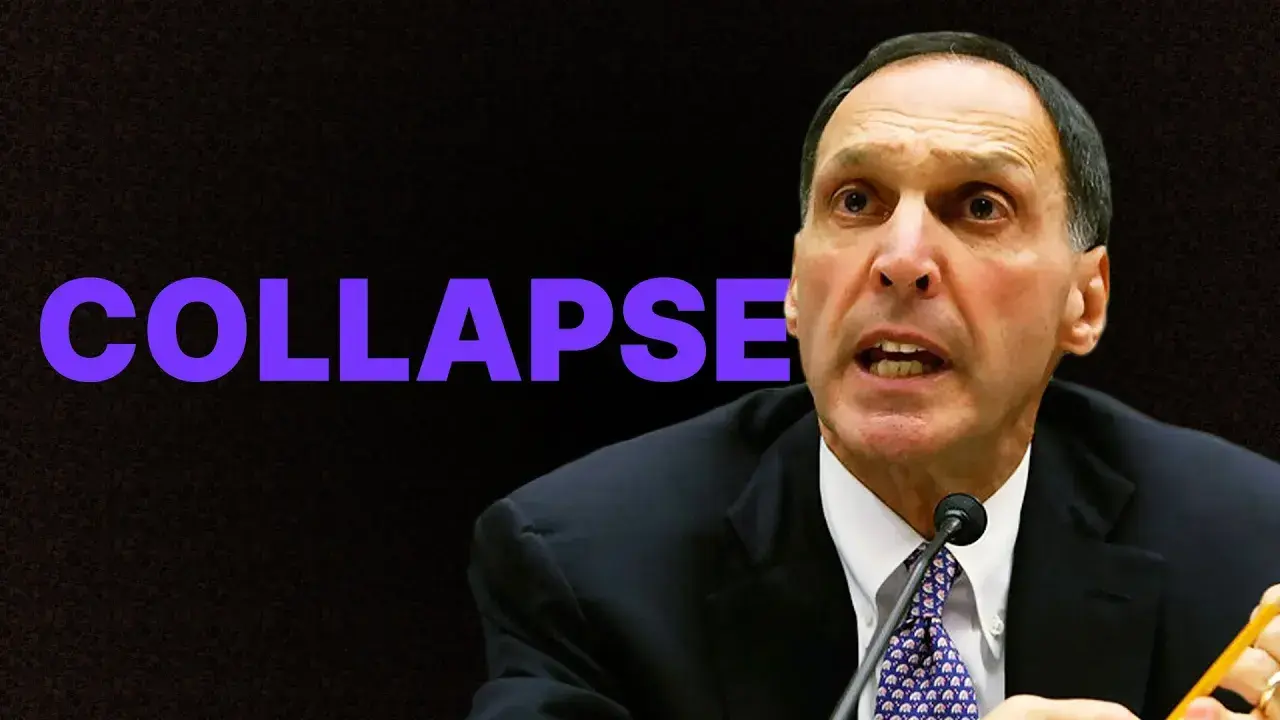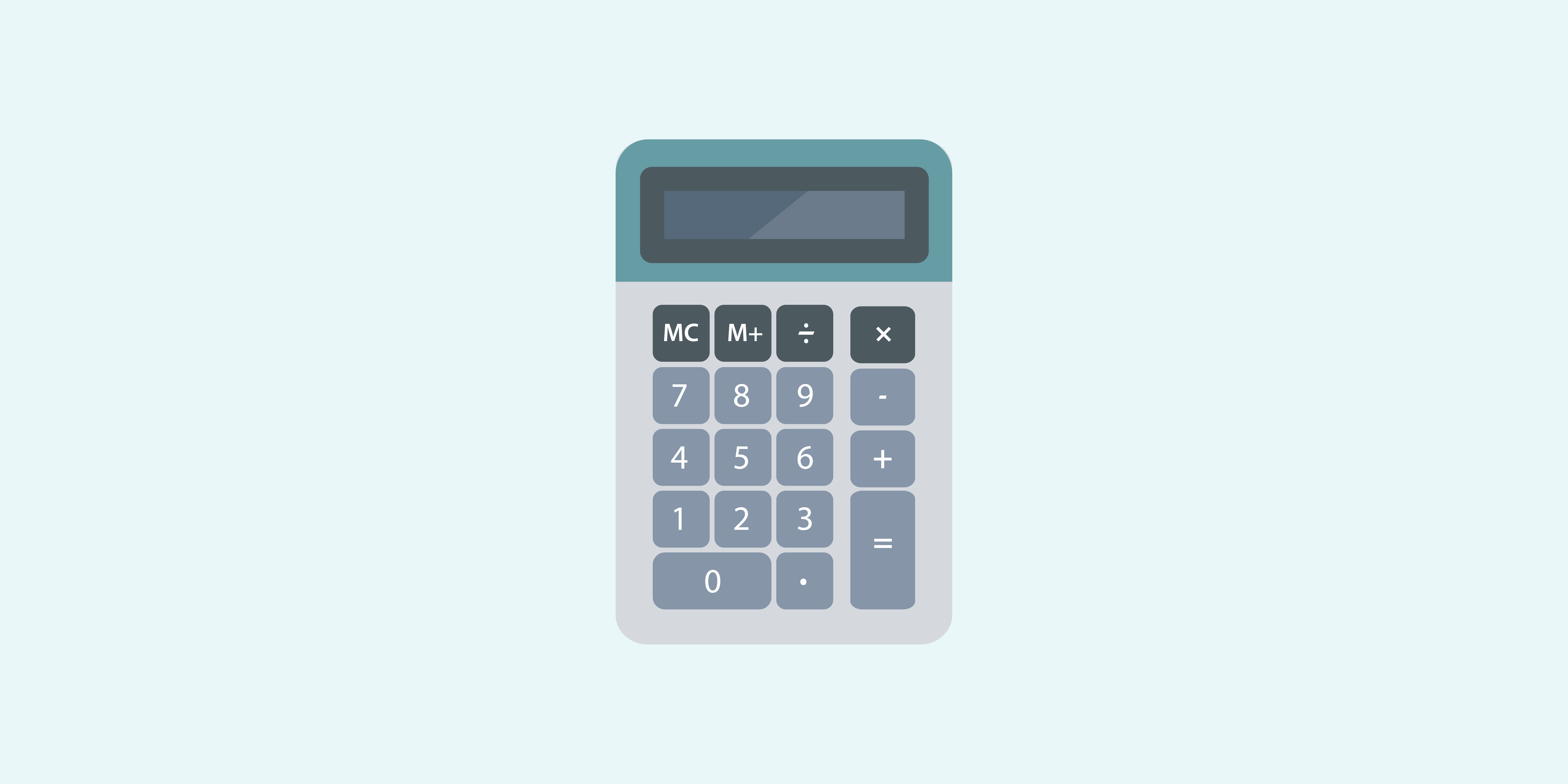Lehman Brothers was one of the largest investment banks in the world when it went bankrupt in September of 2008. In fact, its bankruptcy helped trigger the global financial crisis. Lehman had nearly 700 billion in assets, making it the largest bankruptcy filing in US history. US stocks plummeted and Lehman Brothers stock plunged 93% that fateful day, all the way down to zero. 25,000 people lost their jobs and many of them, their life savings too, because Lehman employees had been strongly encouraged to participate in the employees stock ownership program. Global money markets froze and banks and insurance companies around the world were suddenly unable to borrow. Central banks stepped in quickly and started to lend on a colossal scale in an attempt to prevent a domino effect of bankruptcies at financial institutions, even bigger than Lehman. But it all started when US bankers seized on a lucrative new line of business buying subprime mortgages, bundling them with higher quality ones and then marketing these new instruments as risk free mortgage back securities also known as MBS.
The housing boom of the early to mid 2000s saw Lehman and other Wall Street firms become heavily involved in collateral debt obligations also known as CDOs and mortgage backed securities. Lehman was very successful with this highly leveraged and risky line of business, but it required them to raise billions of dollars daily to fund their operations. Despite taking desperate measures, Lehman ultimately failed because of an inability to finance itself. Their considerable exposure to housing and subprime mortgages became hugely problematic as the US Federal Reserve raised interest rates in 2006. American homeowners began defaulting on mortgages they couldn’t afford in the first place. Housing prices fell rapidly and the risky nature of these debts were revealed. It was obvious there were considerable losses, but it wasn’t immediately clear whose balance sheets were blighted by these toxic securities. So banks began charging abnormally high interest rates to lend to other banks and institutions, which started a credit crunch.
When Lehman went under, this credit crunch morphed into a full blown panic. Everyone stopped lending. In early 2008, Bear Stearns was the first big investment bank to fall, narrowly avoiding bankruptcy when it was acquired by JP Morgan Chase with federal government support. Lehman’s collapse sent financial markets into turmoil for weeks leading many to question the federal government’s decision to let them fail. Representatives countered that Bear Stearns and AIG had collateral to cover their bailout loans while Lehman did not. Now more than a decade later, there are still claims and lawsuits to settle and the bankruptcy liquidation has not been fully administered as of late 2020. Pooling mortgages isn’t a bad strategy, but labeling the mortgage backed securities as risk free since some of the mortgages in the bundle weren’t so prime was definitely misleading. Diversification is important, but higher risk components cannot eliminate the risks of lower quality assets. Lehman’s bankruptcy will forever be synonymous with a staggering amount of wealth destruction sustained during the global financial crisis of 2008.





